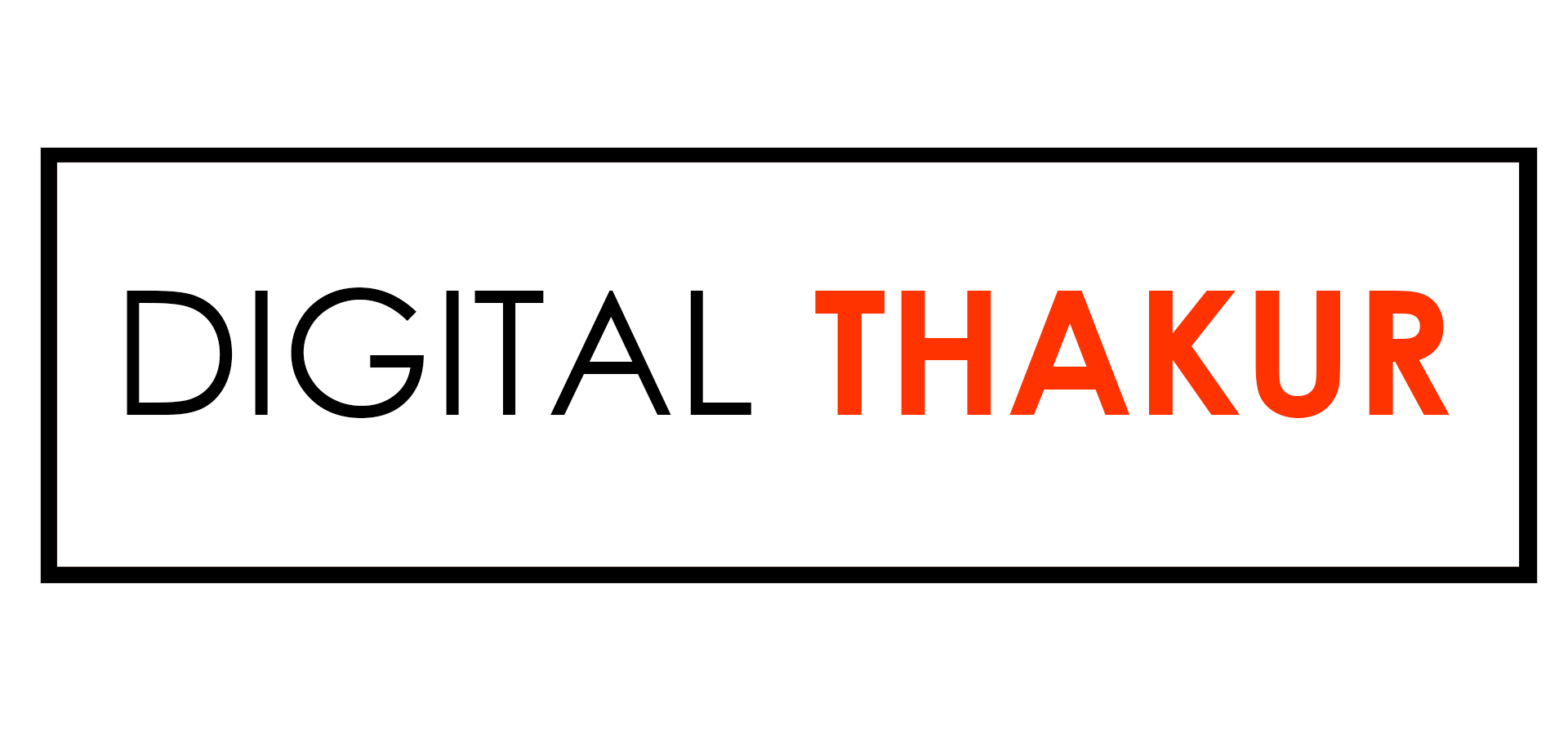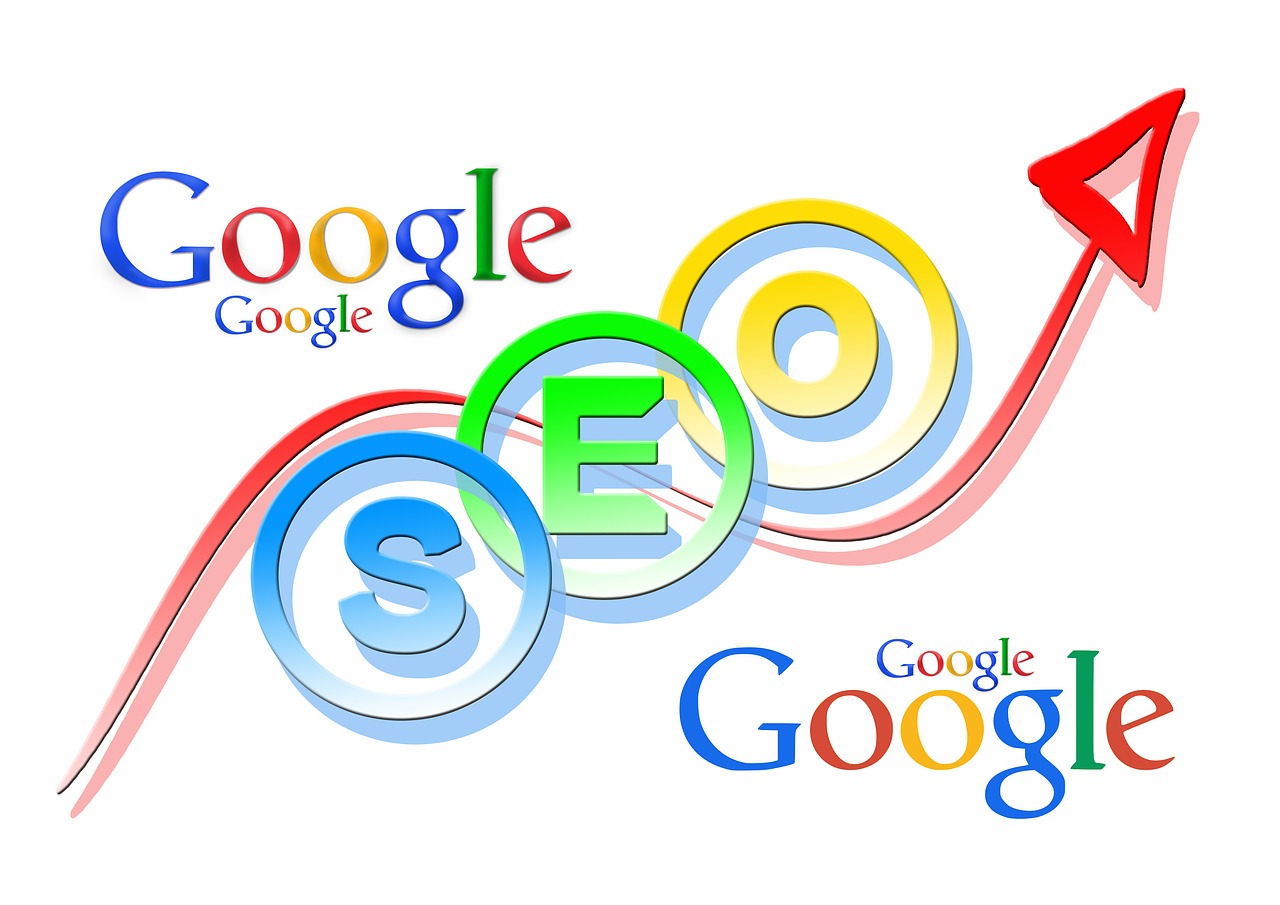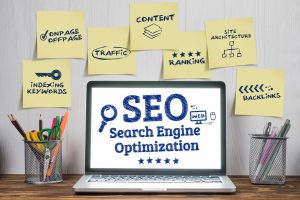Optimising your search engine is a process that focuses on attracting and driving non paid or organic audiences to the site. It is possible by making the related content rich in keywords that the audience will search on search engines. The search engines can be Google, Bing etc. It is challenging to know if the SEO is doing its job or not. It is because it may take months to see the results of SEO.
Hence it is imperative to know precisely the metrics (a quantifiable estimation of one particular piece of data) that one needs to observe to track these metrics and focus on metrics that are giving the desired results. This article discusses the ten most crucial SEO metrics that need regular monitoring.
Clicks Count
The definite goal of the SEO is to drive more audience, more views and more traffic from google. Evaluating the total clicks gives the full picture of how SEO tactics are working. To check the total number of clicks on the website or page is through the option of “Total Clicks”. This option is available in Google search console. This option will give a sum of the clicks from Google search results page that landed the audience on an individual’s site.
That is this option displays the total number of clicks on the website or page in Google’s non-paid results. Other information that Google search console provides is overall impressions and average CTR. Complete click is the north star of SEO. Focusing on the total clicks option, if the count is going up means SEO is working. However, if the result is the opposite, then focus on the next metrics.
Core Web Vitals
Core Web Vitals is the way through which Google checks the overall experience of users on one’s site. The core Web Vitals report indicates the performance of the page with regards to the real-world usage data. The performance of the page is essential because the higher the loading time of the page, the lesser the audience is attracted to it.
For example, if the loading time of the page increases from 1 second to 3 seconds, its bounce rate grows by 32 per cent. Similarly, if the loading time of the page increases by 6 seconds, its bounce rate jumps by 106 percent. It is also important because Google, to some extent, has started ranking sites based on “User Experience Signals”. Google wants people to make sites that are friendly to users to a greater area.
Google calculates the user-friendliness of the website using its AI-based algorithm called “RankBrain”. RankBrain converts the keywords that the user types into concepts. It then shows the set of results for the idea. If a page satisfies the user, it is ranked up; otherwise, another page is tried for the next time. Thus it is suggested to regularly notice this metric and modify the SEO to improve the ranking of the site.
Referring Domains
Referring domains is also known as linking domains, a website that links to another site, whose backlinks profile one analyses. Linking domains can have more than one link to a website if each field in the backlinks profile relates to the individual site once. Then the number of referring domains acquired by the unique location and backlinks will be equal.
Generally, when a site establishes a long-lasting collaboration with a business, it will get backlinks on multiple times from that business. Links also play an essential role in determining the rank of the site, as observed in Google’s algorithm. This observation is not surprising for people who are into SEO from some time.
There is a correlation between ranking and number of backlinks. The sites with a considerable amount of referring domains have the upper hand on ranking in Google non-paid search. The various numbers of sites that are linked to one’s website is called the domain referrals and not backlinks. Google does not give more emphasis on backlinks that are from the same site. So focus more on the domain referrals than backlinks to get maximum output from SEO efforts.
Organic Traffic
If a person is not getting any result of the SEO efforts, it is just futile. If the SEO effort is not driving more traffic to the site, then it is a matter of great concern. Monitoring this metric over time will indicate how the SEO is performing for the site. To measure the traffic from Google organic, one can calculate the organic traffic that is the non-paid traffic.
In the Audience option, click on the overview, then Add segment and choose Organic Traffic. It will let one see the actual number of visitors that the site is receiving. Total clicks and organic traffic does look similar, but total clicks measure the traffic on the website only and only from Google. Organic Traffic measures the traffic from all the available search engines like Bing.
So look at both these metrics, check if they are going in the correct direction that is increasing. Increasing is good for the heath of the site. Organic traffic can also be measured using Agency Analytics. Once the site is added to the campaign and connected with Google Analytics, move to channels in Analytics. Using this one compares total sessions with other channels.
User Experience Metrics
The second SEO metric core web vitals do not inform about everything. No doubt the loading speed of the page is critical. No one wants to go on any slow website. Two other essential factors that should be considered to improve the experience of the user are the Bounce rate and Dwell time.
These are not the only parameters that Google uses to calculate people interact with the website, but these are crucial. There is also a correlation between the pages higher in ranking and dwell time. These parameters can be easily measured using Google Analytics. In the Behaviour go to Site Content and then click on Landing Pages. It will show various categories of interaction with different pages of the website. Focus on the ‘average time on page’ and ‘Bounce rate’ columns.
The former informs about the time that a user has spent on the page since his first visit. It is also called the dwell time. The latter is about the number of visitors that left the site with no clicks at all. The more the time spent, the better it is for the site owner. Some pages have a higher bounce rate and some that have a lower bounce rate. It is essential to find out the reason behind pages having a higher bounce rate and work to improve them.
Traffic cost
The traffic cost metric is essential to answer the question regarding getting a positive ROI (Return on Investment) of the business through SEO. A negative ROI is an indicator of an alarming situation. It means that there is an urgent need to work on SEO tactics. The conventional way of calculating ROI is ((Profit – Costs) / Costs) * 100.
SEO traffic cost is the measure of the price that is spent on Google advertisements to get the audience from Google non-paid or organic. One can look for it in SEMrush or Ahrefs. The result is not the same, as organic traffic is estimated by these third-party tools. But these tools do an excellent job in calculating the worth of the SEO traffic. It is needed to know if the money invested in SEO is returning something or not.
Indexed Pages
It means the number of pages that Google has indexed from the site. It is the most underestimated SEO metric. There are two methods to find out the name of indexed pages that a website posses. Either use “site:sitename.com” in Google search, which gives an approximation on the pages that Google has indexed.
Or use Google search Console and from its Coverage report get the more exact number. This number demands attention irrespective of the way it is measured. Ensure that the count of indexed pages and pages that one needs to get indexed are in-line. It is because a large number of pages can damage the technical SEO of the site. It results in a problem of identical content and indexing.
Average CTR (Click through rate)
Average CTR refers to the percentage of viewers visiting your website. It is an indicator of the content of the site, whether the audience likes it or not. These are the ones who are effectively clicking on the site. The higher the average CTR, the better it is for the site. Google uses this metric in its algorithm for the ranking system. So if the average CTR of the site is higher, it means that the site is very much related to the search keyword. And Google will rank it higher.
There is no particular definition of good CTR because it is dependent on where the site is rated. It also depends on the other SERP features the site is competing with. So a person can control the overall display of its website so that it can tempt Google searchers. The target is not to get arbitrary CTR but to improve the site in regards to title and Meta description tags.
Keyword Rankings
It means the ranking of the site with regards to the set of keywords. The method to monitor this ranking is either by using a tool specifically designed for monitoring ranking. Enter the phrase or sentence crucial for an SEO campaign. The device will give information about the rank of the page with regards to that phrase or sentence.
Or one can look for the non-paid keyword reports. The tools to generate these reports are Moz, SEMrush and Ahrefs. Organic or non paid keyword reports are more important. It is because these tools are used to monitor the rank of the site based on the keywords. They give the exact position of the website with regards to the keyword that the person is searching on Google.
It thus compresses the whole outlook of the site’s keyword. Organic keywords report, however, will monitor all the related keywords that the website can rank for in a search engine. It gives the position of the site based on all these keywords.
Coverage Error
To be able to rank the site should at least be read by Google. If the site has missing pages and broken links, it is difficult for Google to read it. The indexing and crawling issues that the site has are under coverage errors. It is not possible to decrement this error to zero. One actively wants to track its crawling and coverage error. In the Google Search Console, one can follow these errors. If these errors are left unmonitored, they can create issues that reduce the ranking of the page to a lower level.
For example, if site possesses a group of submitted URLs labelled as “noindex” but which are meant to be indexed. Then these pages will not be ranked as these are not indexed. It is not suitable for the rank of the site. Hence it is imperative to monitor coverage errors minimum once a week. Check it into webmaster tools to know the status of the index on a timely basis.
Final Verdict
Throughout this article, the best SEO metrics have been analyzed. Their importance with regards to the ranking of the site has been studied. It is observed that Google Search Console itself has so many features to monitor these metrics. So get handy with them and track and monitor each metric to know if the SEO is working in the correct direction. If the investment put in SEO is effectively giving back the benefits or not.





